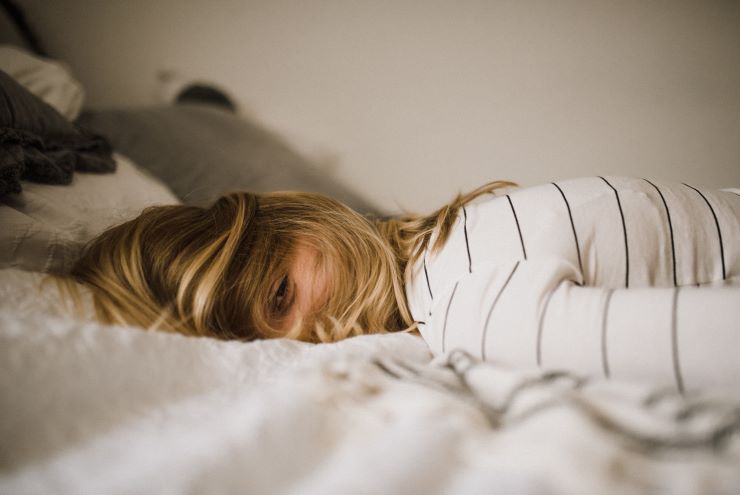1 out of 4 children have anxiety. While not all children have a diagnosable anxiety disorder, every child will experience some form of anxiety in their lifetime simply because it is part of our human experience.
Children who have anxiety typically have an overactive amygdala. The amygdala is an almond shaped bundle of neurons that forms part of the limbic system. The limbic system, also termed the emotional brain, is the part of the brain that is responsible for emotions, learning, memory, and the fight, flight or freeze response. The job of the amygdala is to scan our environment for danger and to make sure that we are safe. Once the amygdala receives information that we may be in danger it sends messages to the rest of the limbic system to make our bodies jump into action to allow us to fight, run away, or freeze.
A child with an overactive amygdala is constantly taking nonthreatening things and perceiving them as threatening. They hear a noise and sense immediate danger. They see a shadow and think a bad guy is hiding. In this sense, the amygdala is kind of like “the boy who cried wolf”. The wolf is not really there (the danger is not real) but the townspeople still ran to save the boy and your child’s body still fires up to keep him or her safe in that moment. Their brain is doing overtime and constantly scanning their environment and overreacting to stimuli.
The tricky part is that anxiety tricks us into believing every false alarm. Instead of questioning the fear we actually respond to it by AVOIDING whatever it is that makes us uncomfortable.
Strange noise in the basement- Can’t go down there.
Weird shadow in my room- I can’t sleep alone.
I could throw up at school- Better stay home where it is safe.
The more children avoid what makes them fearful, the bigger their anxiety will get and the smaller their world will eventually become.
There is hope in the fact that your child can learn to actually rewire their brain with help. There are a lot of resources available to parents with children who have anxiety including professional assistance.
Over the next few weeks I will be releasing a short series of blogs and videos detailing a few uncommon signs and symptoms of childhood anxiety. Please be aware that by providing this information I am in no way providing you with personal therapy or counseling. If anything mentioned in my blog, videos, or on social media resonates with you, please seek professional advice with a medical professional or counselor in your area.



Pingback: Commonly Missed Childhood Anxiety Symptom 1: Anger |
Pingback: Commonly Missed Childhood Anxiety Symptom 2: Physical Symptoms |
Pingback: Commonly Missed Childhood Anxiety Symptom 3: Avoidance |